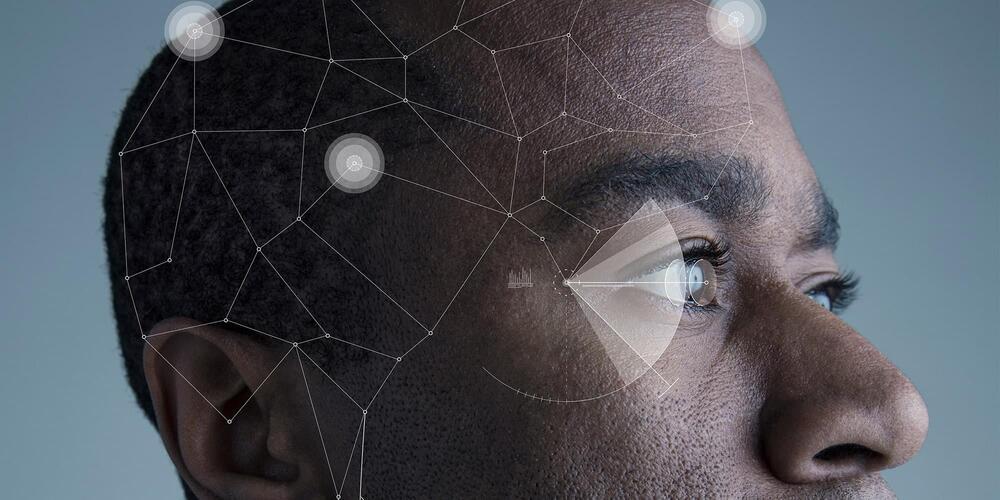And it uses components already commercially available.
Engineers at Stanford University have demonstrated a new, simpler design for a quantum computer that could help practical versions of the machine finally become a reality, a report from New Atlas reveals.
The new design sees a single atom entangle with a series of photons, allowing it to process and store more information, as well as run at room temperature — unlike the prototype machines being developed by the likes of Google and IBM.
Quantum computers rely on qubits rather than the ones and zeroes, or bits, of classical computing. Qubits can exist in three different states — a one, a zero, or a superposition of one and zero simultaneously — meaning they can, in theory, carry out computations it would take classical computers thousands of years to achieve.
Though quantum computers have the capacity to perform such complex tasks, they have so far been hindered by their sensitivity to heat and vibrations — a problem that means they have to be kept at temperatures close to absolute zero.
Full Story:








